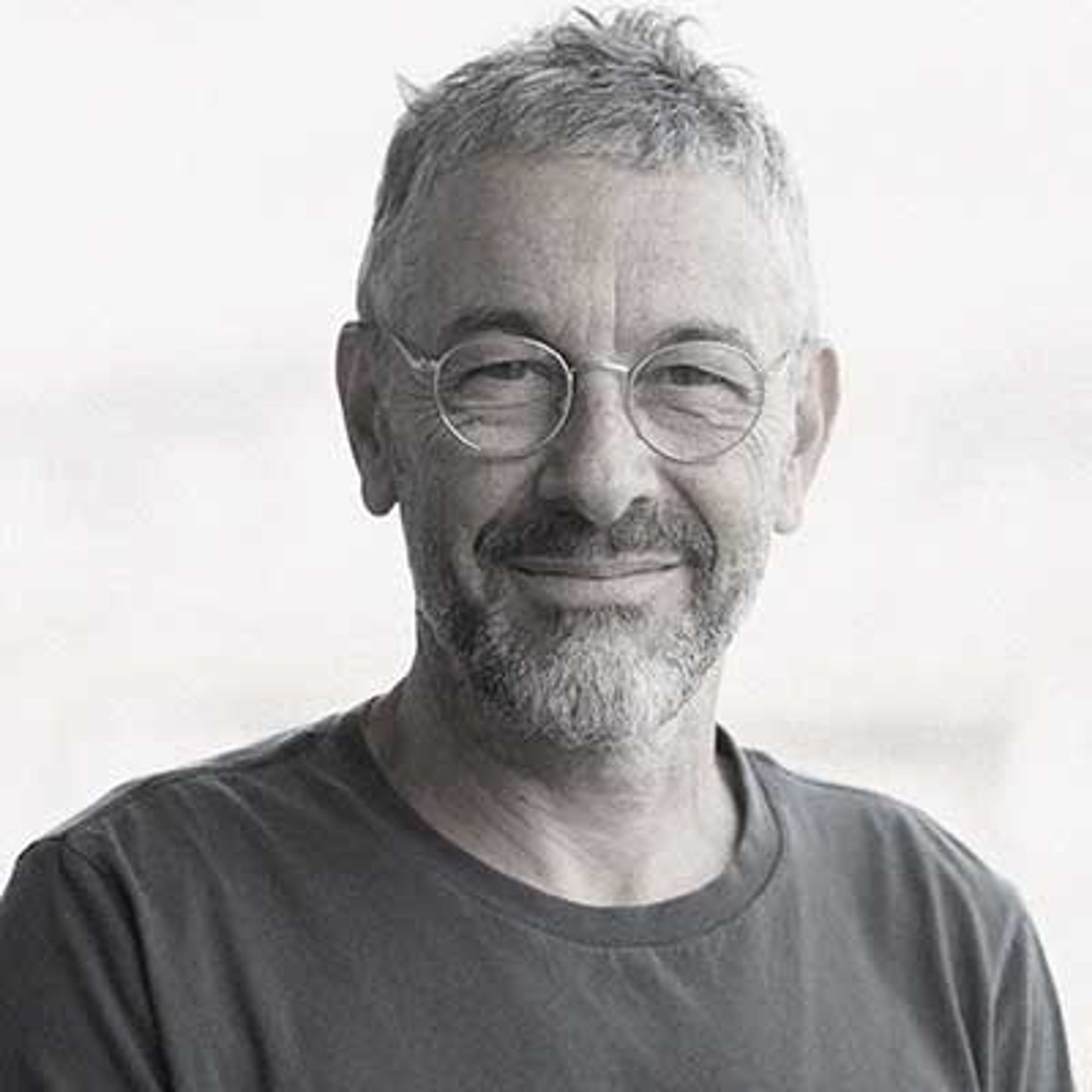Pierre Huyghe

Pierre Huyghe Born in 1962, Paris, France. Lives and works in New York. Huyghe’s works often present themselves as complex systems characterised by a wide range of life forms, inanimate things and technologies. His constructed organisms combine not only biological, technological and fictional elements, they also produce an immersive, constantly changing environment, in which humans, animals and non-beings learn, evolve and grow. In 2001, he received a Special Award from the Jury of the Venice Biennale. He was also awarded the Solomon R. Guggenheim Museum’s Hugo Boss Prize in 2002. In 2017, Huyghe was awarded the Nasher Prize for Sculpture. In 2019, Pierre Huyghe was the artistic director of the exhibition “If the Snake” for Okayama Art Summit, Japan. Recent major projects /solo exhibitions include “UUmwelt” at the Serpentine Gallery, London (2018), “After ALife Ahead” at Skulptur Projekte Münster (2017), “The Roof Garden Commission” at the Metropolitan Museum of Art, New York (2015), “A Season Dedicated to Pierre Huyghe” at The Artist Institute, New York (2014). In 2013-2014, a major retrospective of Huyghe’s work travelled from the Centre Pompidou, Paris to the Ludwig Museum, Cologne and to Los Angeles County Museum of Art, California. His work has also been featured in group exhibitions including “Tino Sehgal” at the Palais de Tokyo, Paris (2016), “Saltwater: A Theory of Thought Forms” at the 14th Istanbul Biennial (2015), “dOCUMENTA 13” in Kassel (2012) among others.